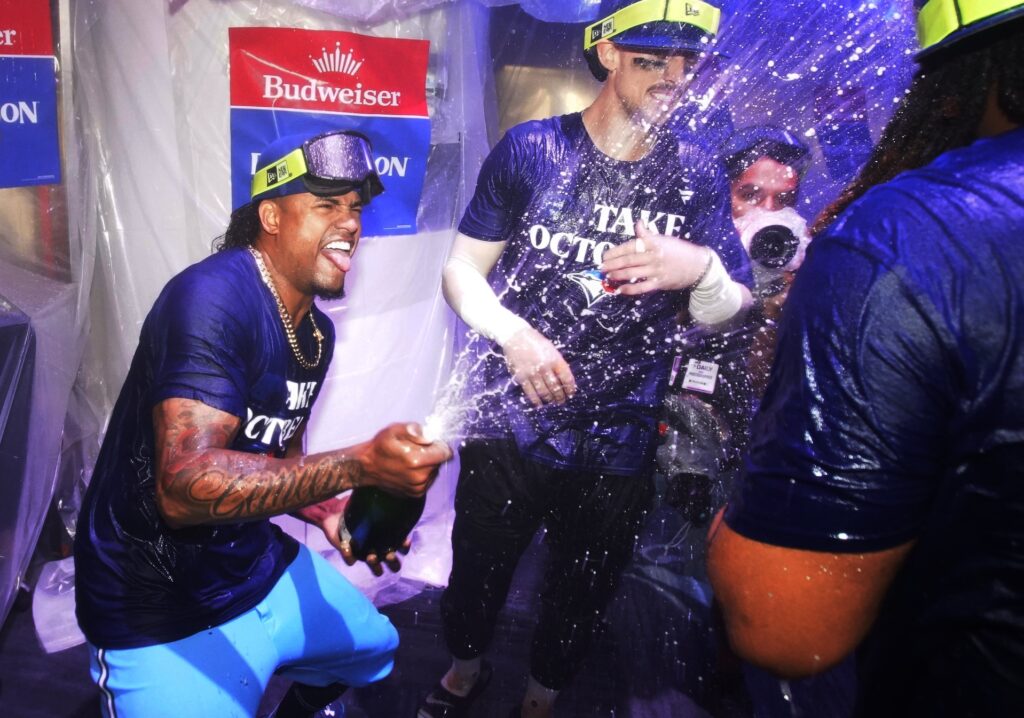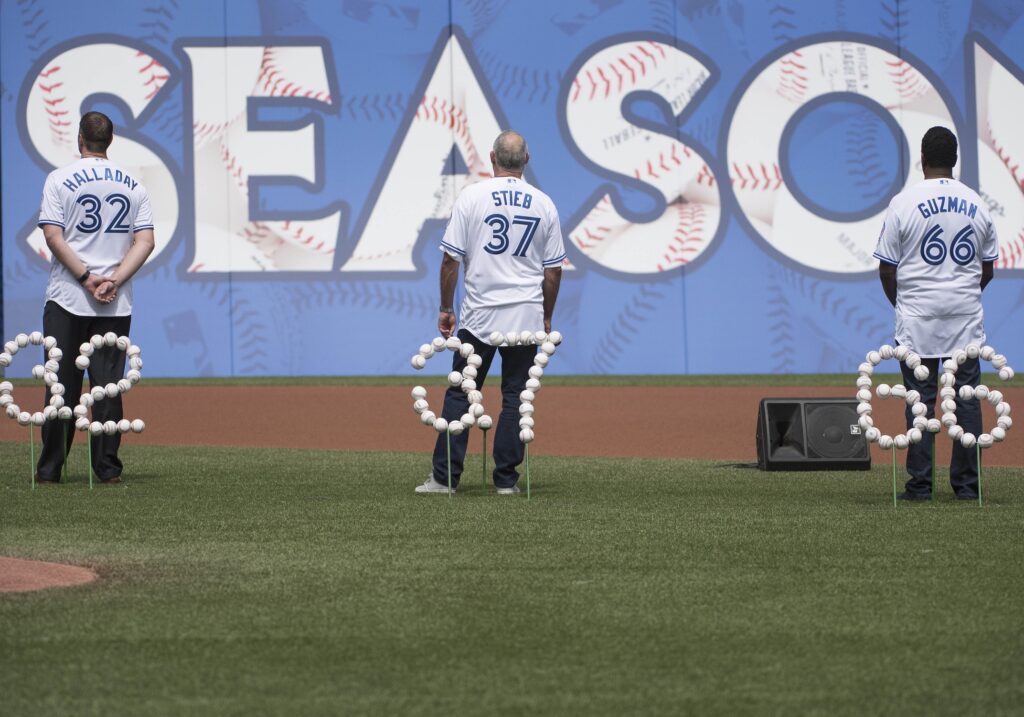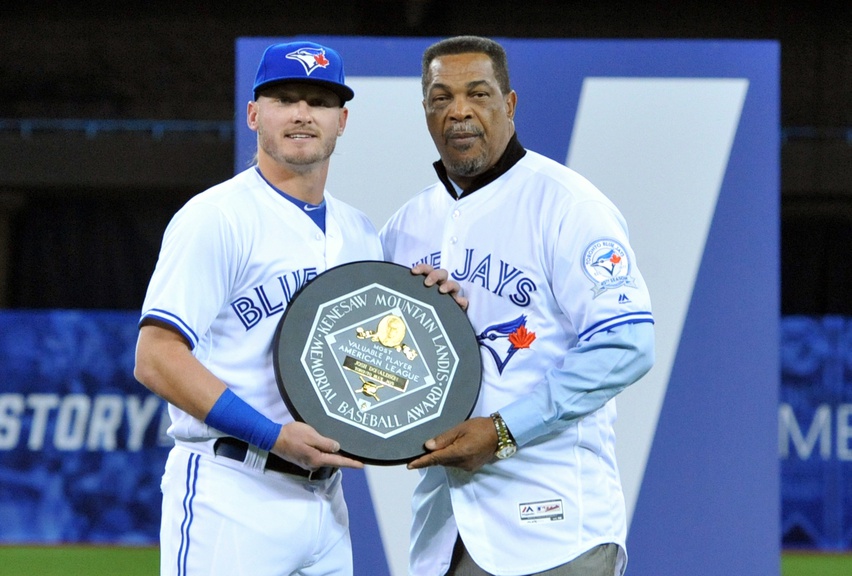In addition to staying healthy, the Toronto Blue Jays relied on five key factors to secure the last available postseason berth in the American League. Overall, baseball 101 paid off: solid pitching and good defense countered an offense that had more holes than good moments.
These are the Five Reasons Why the Jays are Still Alive in October
Starting pitching was brilliant
Jays’ starters finished the regular season with the third-best earned run average in the majors (3.85) and they had four guys who were able to start 30 times or more, nothing to sneeze at. More importantly, that starting rotation was able to overcome the absence of its opening-day pitcher, Alek Manoah, due to his poor performance and physical issues.
Kevin Gausman, who took the leading role, was the AL strikeouts king and showed the lowest ERA among Toronto’s starters. Chris Bassitt pitched 200 innings for the first time in his career while Jose Berrios and Yusei Kikuchi bounced back and provided the quartet with significant depth.
They played a top defense
According to the Fielding Bible, the Jays led MLB in Defensive Runs Saved with 82, 16 DRS above the NL Central champions Milwaukee Brewers. The team’s outfield was outstanding: Daulton Varsho ranked first in both leagues with 29 runs saved and Kevin Kiermaier was eight with 18 DRS. Alejandro Kirk was the second-best catcher in this department with 17 DRS, three behind the leader and former Blue Jay Gabriel Moreno. Additionally, Kirk had five Adjusted Earned Runs Saved, which measures the catcher’s handling of pitchers, and escorted Moreno in this category too. Matt Chapman ranked third (12) in DRS and provided depth to the infield.
Relievers were reliable
Jays’s relievers ended the regular season with the fifth-best American League ERA (3.68), had the second-lowest walks and hits per innings pitched ratio (1.23), and were among the league’s top ten in average against (.234). Despite some shaky outings here and there, Jordan Romano confirmed he is one of the MLB’s best closers: he converted 36 out of 40 save chances. Erik Swanson had a good first half and finished with 29 holds, the third-best in the AL. Tim Mayza was almost unbeatable in 69 outings: he posted a 1.52 ERA and 281 ERA+. Jordan Hicks brought from Saint Louis the impactful velocity this bullpen was missing and stroke out 22 in 24 innings along with four saves.
Rivals cooled off at the right time
Since the Jays were only left to fight for the second or third wild card spot (Orioles and Rays set a big gap almost from the start), the Seattle Mariners became one of their big rivals to make the postseason down the stretch. Fortunately for the Canadian team, Seattle had a dreadful close to the season: they went 11-17 in September.
Until mid-September, the Boston Red Sox seemed like they had a tiny chance of making the postseason and they were a thorn in Jays side: Alex Cora’s crew won the first seven games of the series against Toronto. They could not keep the pace though and finished last in the AL East, behind the unfortunate Yankees.
They never doubted their potential
There were streaks of poor baseball for the Jays, like that four-game loss visit to Fenway Park (Boston), the three-game sweep at home by the Orioles, both in May, or the four-game sweep the Rangers inflicted on them at Rogers Centre. Manager John Schneider kept repeating this team was built to compete and to make the playoffs. He also said players have never doubted their potential to win. Often criticized for his patience, Schneider insisted on giving playing time to batters that were not producing. Cavan Biggio and Brandon Belt were among those experiencing extreme droughts on the plate but kept playing. All that faith that things would turn around paid off: both Biggio and Belt put their team on their shoulders the last two months. Biggio had 28 runs batted in and 28 runs scored in that span, while Belt had an On Base Percentage plus Slugging above 1.000 with 11 home runs.
Main Image: John E. Sokolowski-USA TODAY Sports



